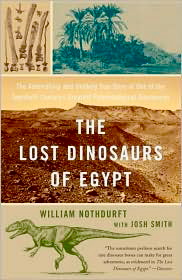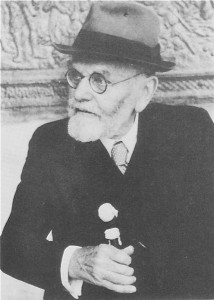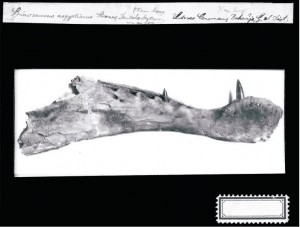Captivating story of discoveries and losses.
The searc h for dinosaur fossils amid sandstorms and desert heat is anything but dry in this lively story of the excavation in January, 2000, of a site in the western Egyptian desert, partially excavated by Ernst Stromer in 1911, but untouched since then. Nothdurft, a professional writer, working in concert with Josh Smith, the young paleontologist who was the team leader of the January, 2000, dig, tells the stories of both the 1911 and the 2000 excavations, along with the fossil discoveries made by each group.
h for dinosaur fossils amid sandstorms and desert heat is anything but dry in this lively story of the excavation in January, 2000, of a site in the western Egyptian desert, partially excavated by Ernst Stromer in 1911, but untouched since then. Nothdurft, a professional writer, working in concert with Josh Smith, the young paleontologist who was the team leader of the January, 2000, dig, tells the stories of both the 1911 and the 2000 excavations, along with the fossil discoveries made by each group.
Stromer, a German aristocrat and meticulous paleontologist, found the fossils of four unique, 95-million-year-old dinosaurs in Bahariya in 1911, spent twenty years analyzing them, and then supervised the fossils’ installation at the Bavarian State College of Paleontology and Historical Geology in Munich. In April, 1944, everything was lost in the allied bombing of Munich. The story of Stromer’s efforts, now almost forgotten, alternates with that of Smith and his group of young Ph.D’s from the University of Pennsylvania, who hope to find additional fossils in the same area in January, 2000.

Financed by a Los Angeles film company making a documentary, the crew ultimately unearths a 80 – 100 ton new dinosaur species, discovering in the process that at least two other equally gigantic dinosaur species shared space with this titan. How this desert area could support three such huge species becomes the question for the geologists on the trip, a mystery which Nothdurft imbues with immediacy and great excitement as they examine the confusing strata for clues.
Nothdurft excels in characterizing the paleontologists and geologists so that the reader can easily imagine participating in the dig along with them. His narrative is fast-paced and full of memorable detail–depictions of Bahariya, with its 130-degree heat and its scorpions, the excitement of the young researchers as they uncover new fossils, and their puzzlement at the paradoxes which unfold. With likeable researchers, and photo s and drawings which make their discoveries come alive, this is a wonderful introduction to the challenges of on-site research, the scientific methods of the crew, and the respect with which they regard the past. Ultimately, even the almost-forgotten Ernst Stromer shares in their discoveries.
s and drawings which make their discoveries come alive, this is a wonderful introduction to the challenges of on-site research, the scientific methods of the crew, and the respect with which they regard the past. Ultimately, even the almost-forgotten Ernst Stromer shares in their discoveries.
Notes: No photos of authors Nothdurft or Smith seem to be available.
The photo of Ernst Stromer comes from http://spinosauridae.fr.gd
One of the few surviving fossils of Stromer’s Spinosaurus appears in this photo:
